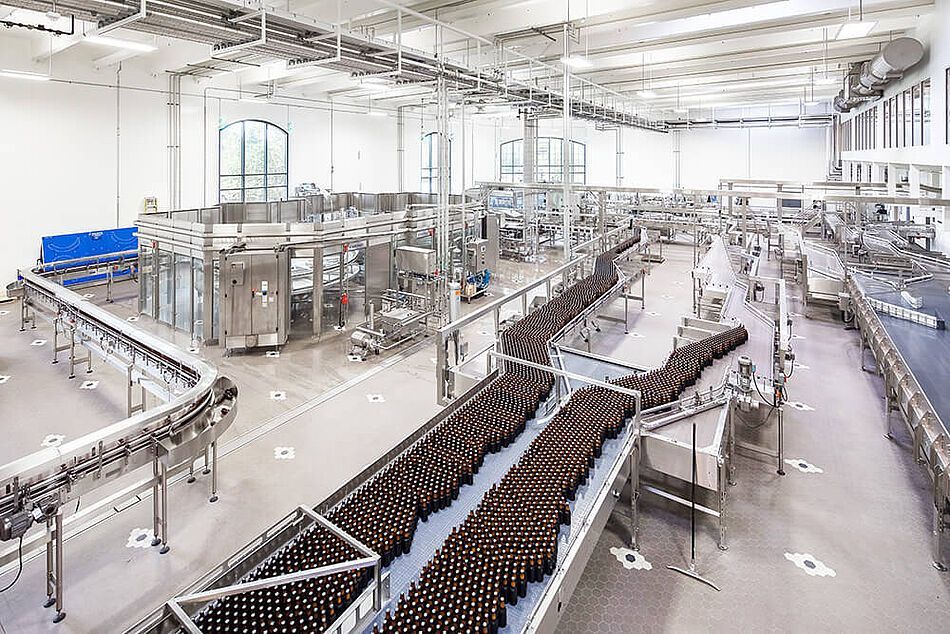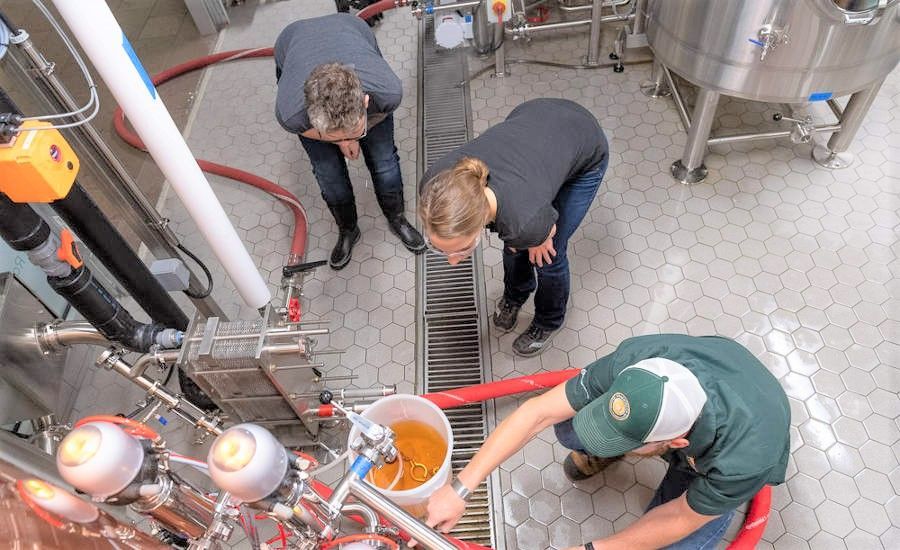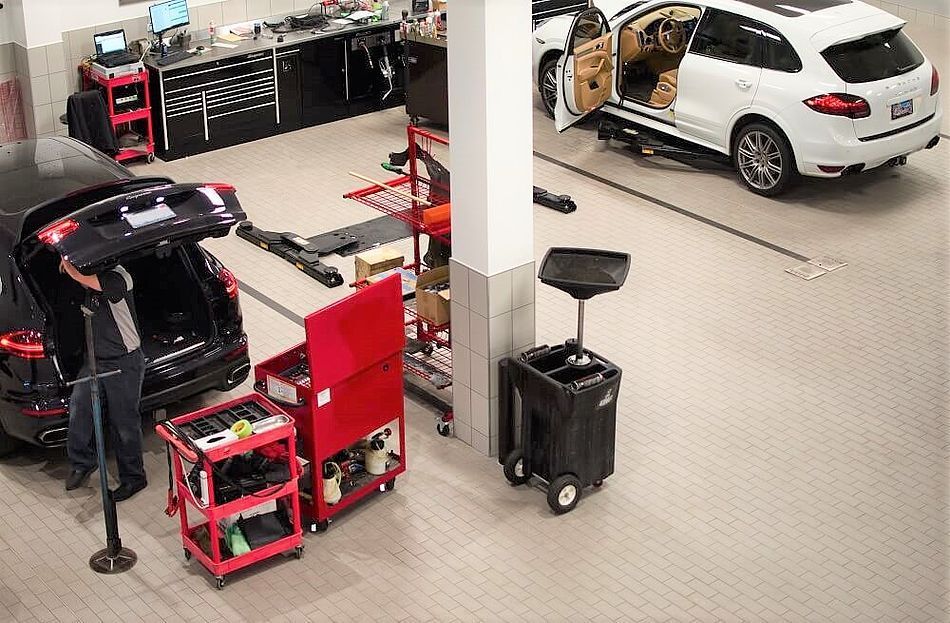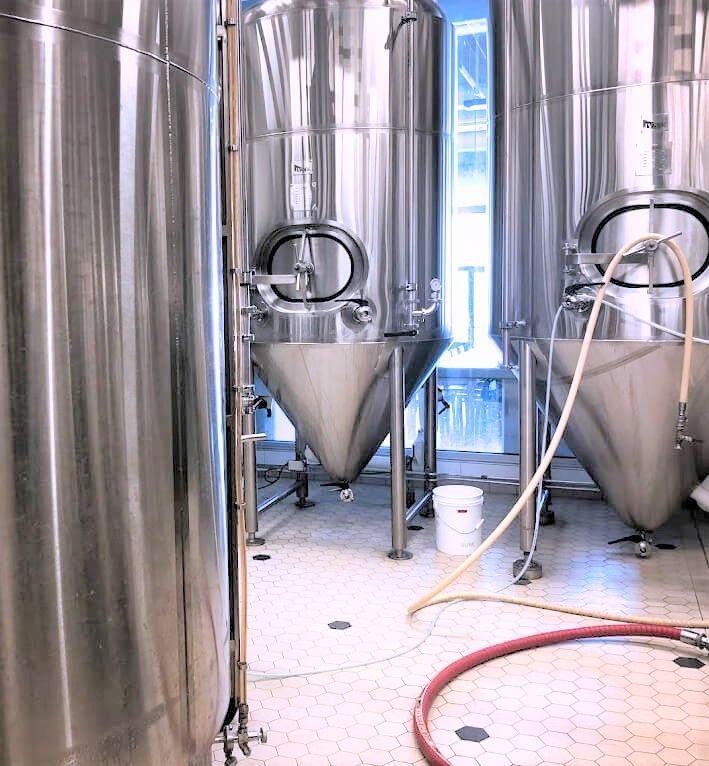Written By: Argelith

A report by the Healthy Building Network urges designers to proceed with caution before specifying an antimicrobial floor.
Thanks to COVID-19, health and hygiene are at the top of many architects’ priority lists. Antimicrobial finishes have stepped into the spotlight, but they may not offer the protection they promise.
A recent report by architecture firm Perkins and Will, in partnership with the Healthy Building Network, warns there is no evidence buildings with antimicrobial surfaces have healthier occupants. On the contrary, antimicrobials could be bad for both people and the environment.
“There is no evidence demonstrating that products intended for use in interior spaces that incorporate antimicrobial additives ... actually result in healthier populations,” the report states. “The labeling, advertising, and marketing of these products frequently imply a level of protection from bacteria and viruses that has been explicitly refuted by the United States Centers for Disease Control and major American health care systems.”
The report updates a white paper from 2017 in which the authors said antimicrobial building materials “should be approached with skepticism and caution.”
“Antimicrobial” substances kill pathogens on contact. Products susceptible to mold or decay often use antimicrobial finishes to protect them. Some companies are going a step further and claiming these finishes can also protect people from disease.
The evidence, however, does not bear that out, the report said. In fact, some antimicrobials have been linked to cancer or increased respiratory sensitivity. Those conditions actually increase the risk of complications from COVID-19.
Antimicrobials can also contribute to the evolution of "superbugs." Superbugs are germs that have developed immunity to common antiseptics and antibiotics. These germs are hard to kill and endanger public health.
The 2017 paper detailed evidence that antimicrobial chemicals can migrate from surfaces into their environment. The authors say chemicals that wash into wastewater can disrupt the ecosystem. Producers of consumer goods like food and cosmetics may also wonder if the chemicals are leaching into their products.
These additives may even contribute to a facility being less hygienic. The false sense of security from knowing a surface is "antimicrobial" could lead to lax cleaning routines, the report said. It recommends architects designing hygienic environments avoid antimicrobial products. Instead, specify hygienic alternatives and make sure building owners understand proper sanitation.
Chemical-free alternatives like vitrified ceramic are readily available. HACCP-certified ceramic does not actively kill pathogens, but microbes cannot live or spread on it, making it naturally hygienic. Vitrified ceramic is safe to sanitize with steam, boiling water, or harsh cleansers, and meets FDA and USDA guidelines for hygienic flooring. Major food manufacturers including Land O'Lakes, Kraft Foods, and Nestle use vitrified tile from Argelith in their plants.
“In this time of great unknowns, it is tempting to be reactionary,” the report acknowledges. “But in our reaction to this unprecedented situation, we must focus on science. In the case of antimicrobial treatments in building products, the science says that this will not help, and it may actually be harmful.”
Argelith Ceramic Tiles, Inc.
40W310 LaFox Road, Suite F2
St. Charles, IL 60175
> © 2024 Argelith. Website imagined & executed by RivalMind.



